Current events
Next talk tomorrow at 11:00 by Simone Sotgiu!
News 11.11.2025
New publication: Tailoring Phonon Polaritons in hBN with the Plasmonic Phase-Change Material In3SbTe2
Site Content:
17.07.2022
New publication: Raman imaging of twist angle variations in twisted bilayer graphene at intermediate angles
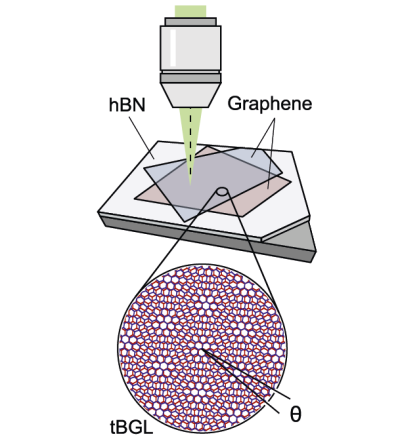
2D Materials 9, 045009 (2022) Van der Waals layered materials with well-defined twist angles between the crystal lattices of individual layers have attracted increasing attention due to the emergence of unexpected material properties. As many properties critically depend on the exact twist angle and its spatial homogeneity, there is a need for a fast and non-invasive characterization technique of the local twist angle, to be applied preferably right after stacking. We demonstrate that confocal Raman spectroscopy can be utilized to spatially map the twist angle in stacked bilayer graphene for angles between 6.5° and 8° when using a green excitation laser. The twist angles can directly be extracted from the moiré superlattice-activated Raman scattering process of the transverse acoustic (TA) phonon mode. Furthermore, we show that the width of the TA Raman peak contains valuable information on spatial twist angle variations on length scales below the laser spot size of ∼500 nm.

12.07.2022
Poster prize for Zachary Winter at the "Graphene 2022""
Zachary Winter won one of poster prizes at the "Graphene 2022" in Aachen with his poster on "Holistic approach to scalable 2D material processing from optimized CVD graphene catalysts to dry-transfer". Congratulations!


11.07.2022
Graphene 2022 in Aachen
Our group was fairly present at the Graphene2022 conference in Aachen. Many interesting discussions! Not all of them made it to the group photo. Bernd Beschoten, Annika Kurzmann and Zach Winter were also there.
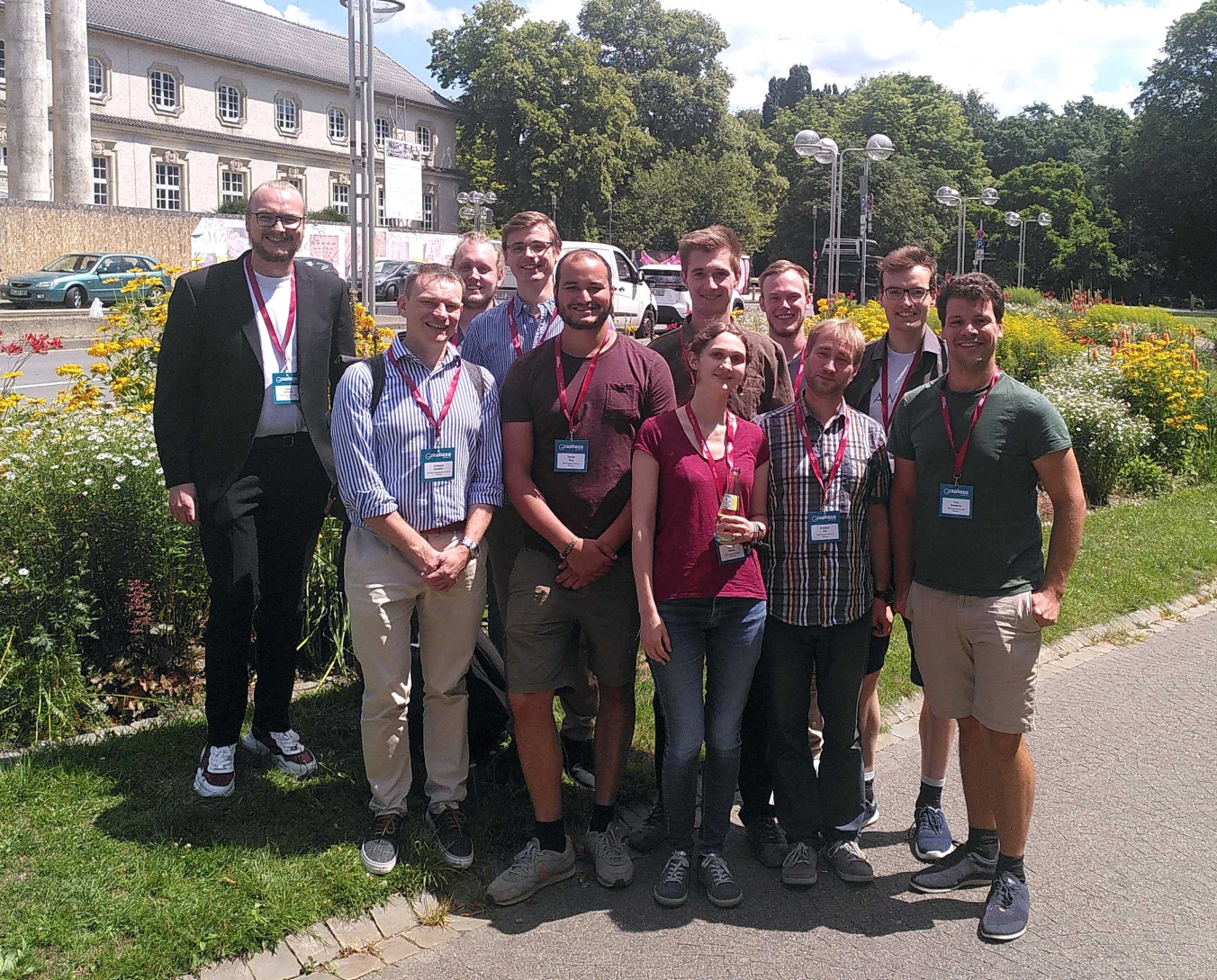

30.06.2022
New publication: Spin relaxation in a single-electron graphene quantum dot
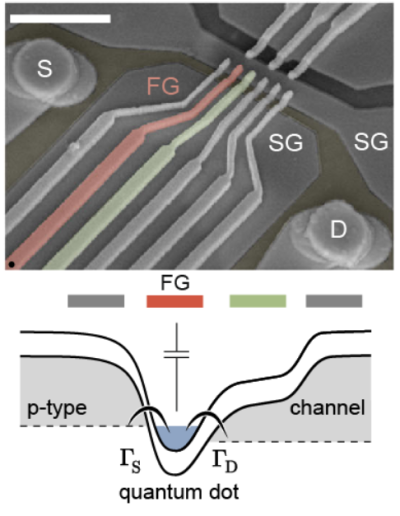
Nat. Commun. 13, 3637 (2022) The relaxation time of a single-electron spin is an important parameter for solid-state spin qubits, as it directly limits the lifetime of the encoded information. Thanks to the low spin-orbit interaction and low hyperfine coupling, graphene and bilayer graphene (BLG) have long been considered promising platforms for spin qubits. Only recently, it has become possible to control single-electrons in BLG quantum dots (QDs) and to understand their spin-valley texture, while the relaxation dynamics have remained mostly unexplored. Here, we report spin relaxation times (T1) of single-electron states in BLG QDs. Using pulsed-gate spectroscopy, we extract relaxation times exceeding 200 μs at a magnetic field of 1.9 T. The T1 values show a strong dependence on the spin splitting, promising even longer T1 at lower magnetic fields, where our measurements are limited by the signal-to-noise ratio. The relaxation times are more than two orders of magnitude larger than those previously reported for carbon-based QDs, suggesting that graphene is a potentially promising host material for scalable spin qubits.

30.06.2022
New publication: Collaborative smartphone experiments for large audiences with phyphox
We present methods to implement collaborative experimentation with smartphone sensors for larger audiences ranging from typical university undergraduate courses of hundreds of students in a lecture hall to world-wide outreaches on the Internet. These methods are based on the app 'phyphox', which is being developed by the authors, and encompass simple data collection via web forms as well as a new network interface for 'phyphox', allowing to collect real-time experiment data from an audience on-site or easy data submission for remote participants. Examples are given with practical considerations derived from first implementations of this method in a lecture hall with 350 undergraduate students as well as a global experiment to determine the Earth's axial tilt with smartphones.
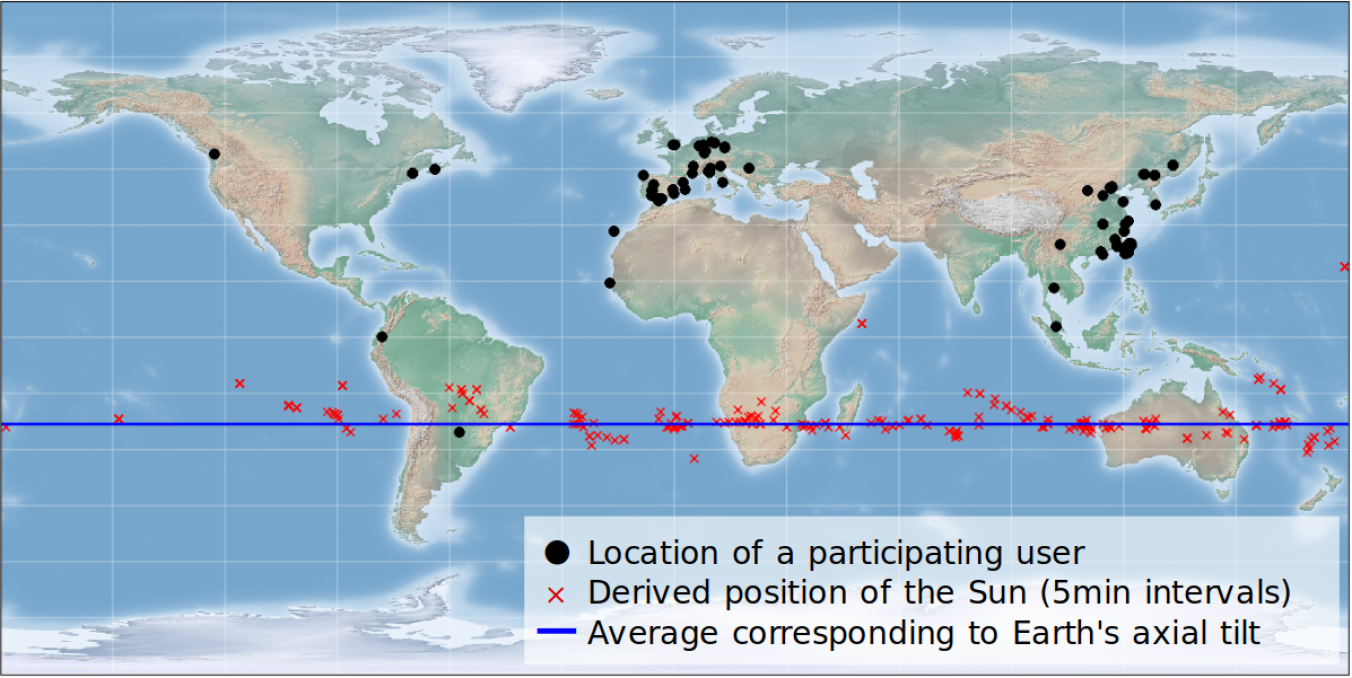

23.06.2022
New publication: CVD Bilayer Graphene Spin Valves with 26 μm Spin Diffusion Length at Room Temperature
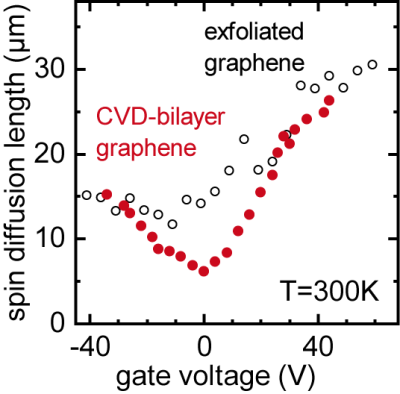
Nano Lett. 22, 4949 (2022) We present inverted spin-valve devices fabricated from CVD-grown bilayer graphene (BLG) that show more than a doubling in device performance at room temperature compared to state-of-the-art bilayer graphene spin valves. This is made possible by a polydimethylsiloxane droplet-assisted full-dry transfer technique that compensates for previous process drawbacks in device fabrication. Gate dependent Hanle measurements reveal spin lifetimes of up to 5.8 ns and a spin diffusion length of up to 26 μm at room temperature combined with a charge carrier mobility of about 24 000 cm2(Vs)−1 for the best device. Our results demonstrate that CVD-grown BLG shows equally good room temperature spin transport properties as both CVD-grown single-layer graphene and even exfoliated single-layer graphene.

03.05.2022
New publication: Visualisierung von Messdaten eigener Sensormodule mit phyphox (in German)
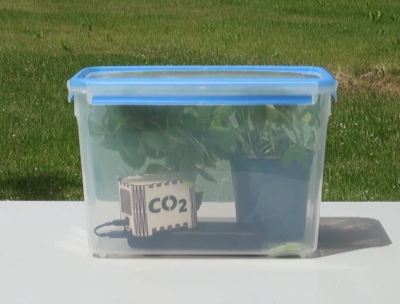
In this German publication we demonstrate how the phyphox BLE library for Arduino can be used to easily visualize data from a custom build sensor on your smartphone. We use CO2 sensor kits as an example, which have been designed as an assembly kit for schools during the pandemic. But besides being a tool to monitor air quality, the easy visualization with phyphox allows for more advanced uses in STEM classes, with experiments in Biology, Chemistry and of course Physics.

31.03.2022
New publication: Using a Smartphone pressure sensor as Pitot tube speedometer
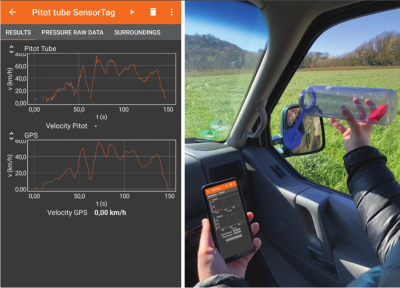
As smartphones have become a part of our everyday life, their sensors have successfully been used to allow data acquisition with these readily available devices in a variety of different smartphone-based school experiments. Such experiments most commonly take advantage of the accelerometer and gyroscope. A less frequently used sensor in smartphone-based experiments is the pressure sensor or barometer. Pressure sensors in smartphones can improve indoor navigation, for example in multi-story shopping malls. In a popular smartphone experiment, the barometer is used to determine the current altitude in an elevator with the barometric height formula. Along with accelerometer data and by deriving the height data to calculate the velocity, z(t), v(t), and a(t) plots can be generated and shown to students in real time.

